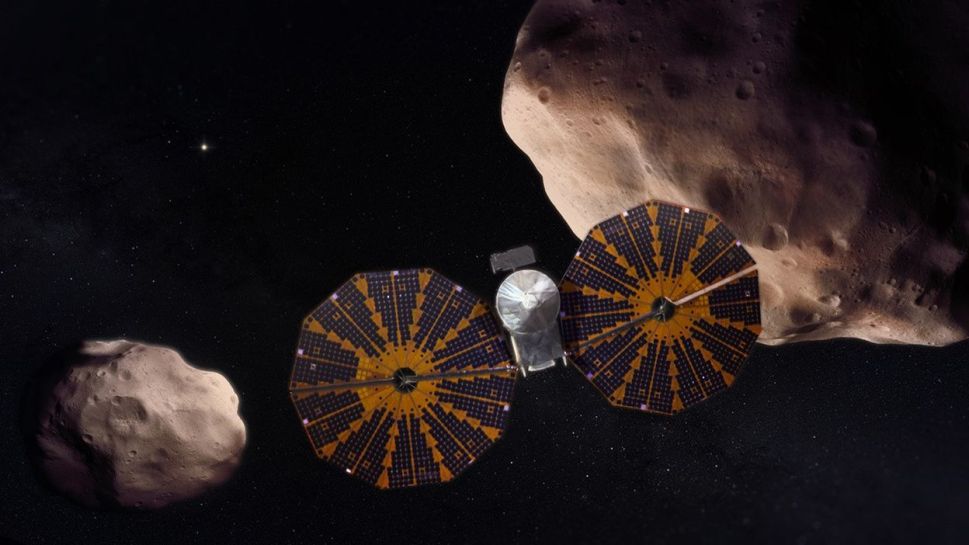From lunar landings to mid-air explosions and the long-awaited return of two NASA astronauts, March was a busy month for the space industry. On March 2, Texas-based Firefly Aerospace become the first company to land on the Moon without toppling over. A few days later, another Texas space company, Intuitive Machines, attempted a lunar landing but saw its mission cut short when its spacecraft tipped and ran out of power.
Later in the month, NASA astronauts Suni Williams and Butch Wilmore—who were stuck on the International Space Station (ISS) for nine months—finally returned home aboard a SpaceX Dragon capsule. SpaceX also tested its Starship prototype for the eighth time in March in a flight that once again resulted in a mid-air explosion.
April is expected to be just as exciting, with a lineup of fresh launches from the likes of NASA, SpaceX, Roscosmos and ULA.
Here are five space missions to watch in April 2025:
April 1: SpaceX sends a crew to study Earth’s polars. April will start off with a bang as SpaceX prepares to launch its Fram2 mission, a four-person crewed flight to explore Earth’s polar regions. Scheduled to launch either on March 31 or in early hours of April 1 atop a Falcon 9 rocket from Florida’s Kennedy Space Center, Fram2 will see a Crew Dragon capsule orbit the Earth for three to five days. The mission will be led by Chun Wang, a cryptocurrency entrepreneur, with civilian astronauts Jannicke Mikklesen, Eric Philips and Rabea Rogge also on board. In addition to observing Earth’s polar regions, Fram2 will explore how spaceflight impacts the human body and will capture the first human x-ray images in space.
April 8: A Soyuz rocket sends three astronauts to the ISS. NASA astronaut Jonathan Kim will join Russian cosmonauts Sergey Ryzhikov and Aleksey Zubritsky on a journey to the ISS for an eight-month stay as they conduct scientific research and maintain the station. They will ride a Russian Soyuz rocket, scheduled to lift off from Kazakhstan’s Baikonur Cosmodrome.
April 13: NASA studies space weather. A Falcon 9 rocket will launch NASA’s TRACERS mission from Florida’s Cape Canaveral. Consisting of two twin satellites, the spacecraft aim to orbit Earth in an effort to study magnetic reconnection, which occurs when activity from the Sun interacts with Earth’s magnetic field and causes space weather such as particles hitting Earth’s atmosphere. TRACER’s research is expected to aid scientists in preparing for the potential impacts of such solar activity on Earth.
April 20: NASA’s Lucy spacecraft flies by asteroids. A week after TRACERS launches, NASA will expect an exciting update when its Lucy spacecraft flies past the main belt asteroid Donaldjohanson. Initially launched in 2021, Lucy is expected to visit 11 different asteroids during a 12-year journey to eventually explore Jupiter’s Trojan asteroids and gain information on the solar system’s formation. Lucy’s flyby of Donaldjohanson, a 3-mile wide asteroid, will take place on April 20 as an opportunity for the spacecraft to test out its encounters with space rocks.
TBD: ULA’s Vulcan launches U.S. space force missions. April could also see United Launch Alliance’s (ULA) Vulcan Centaur rocket launch the first of several U.S. Space Force missions. The Vulcan Centaur is the successor to ULA’s older rocket Atlas V.

